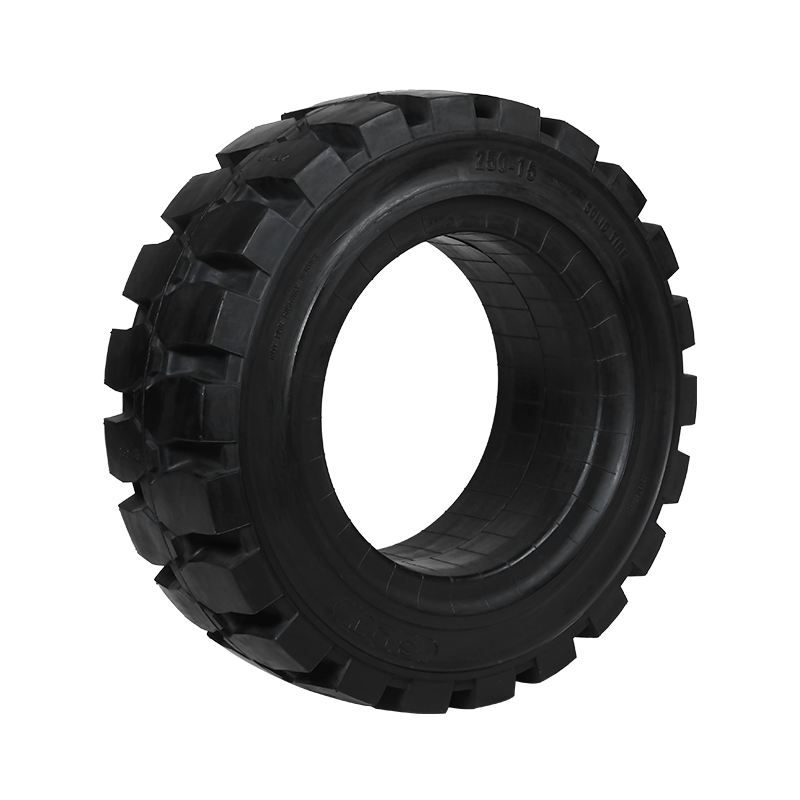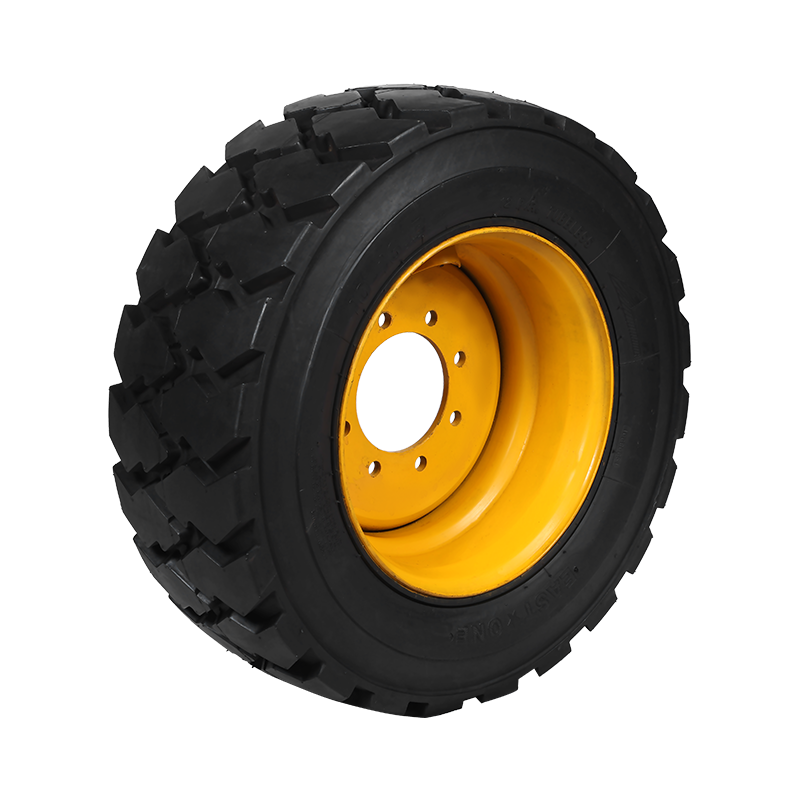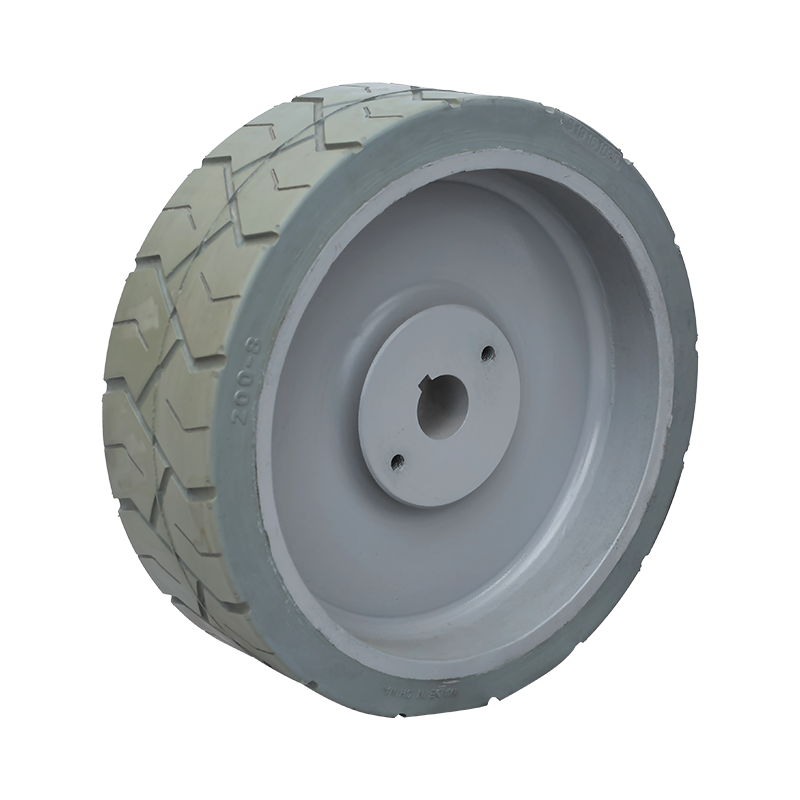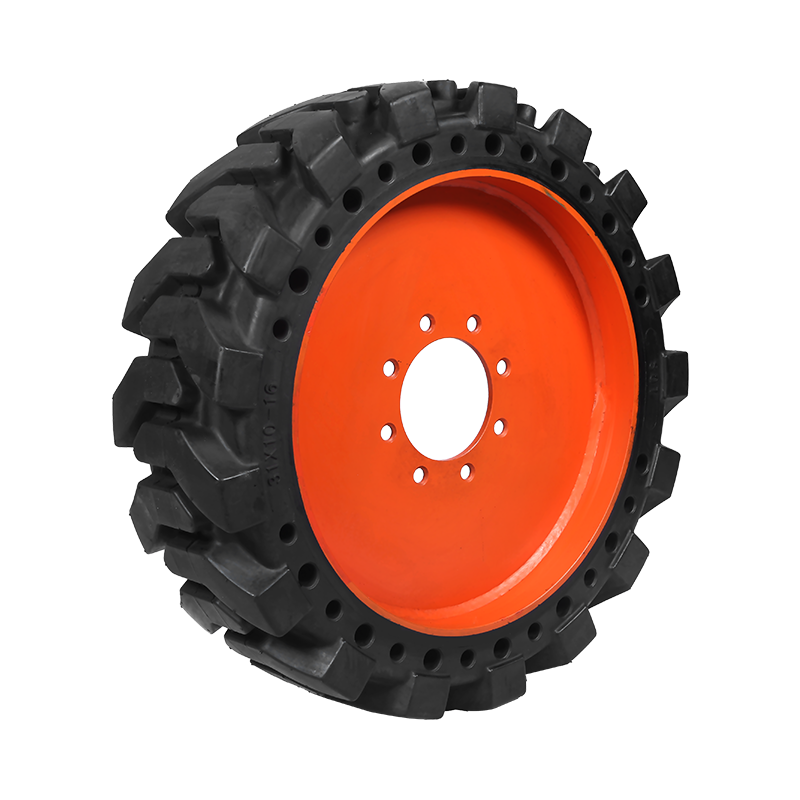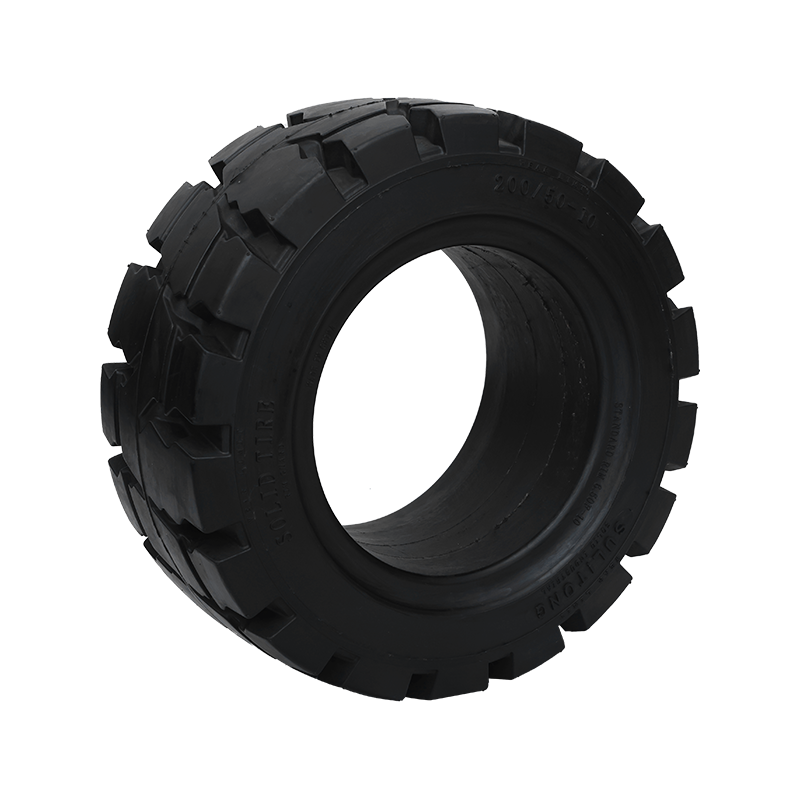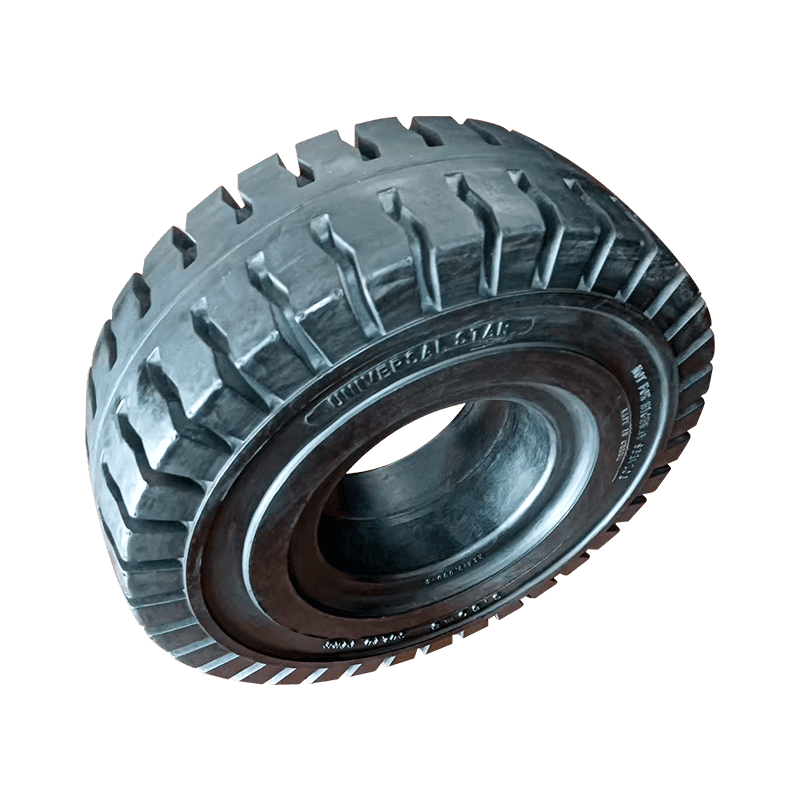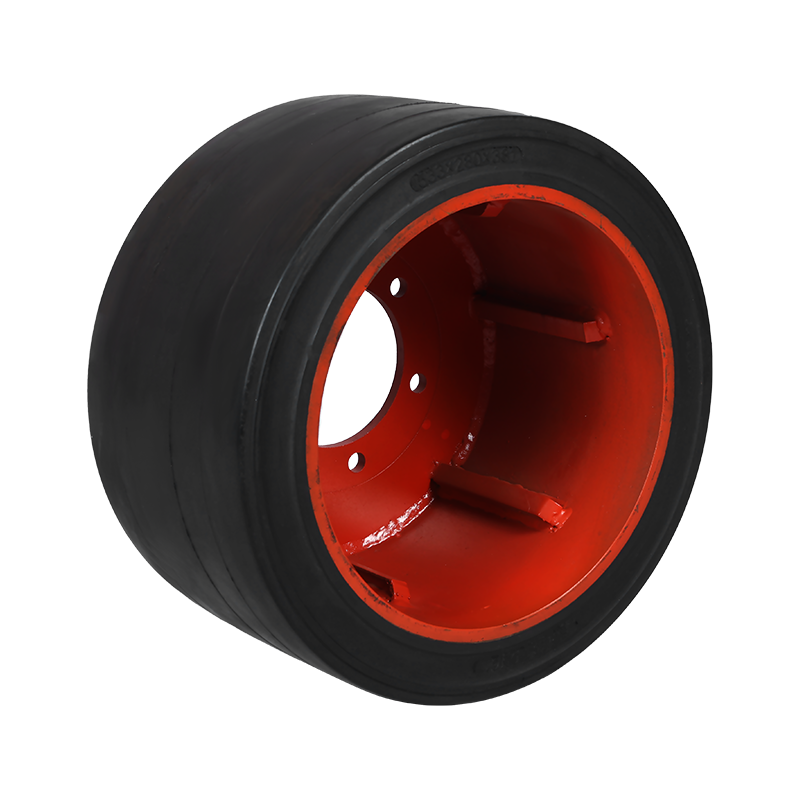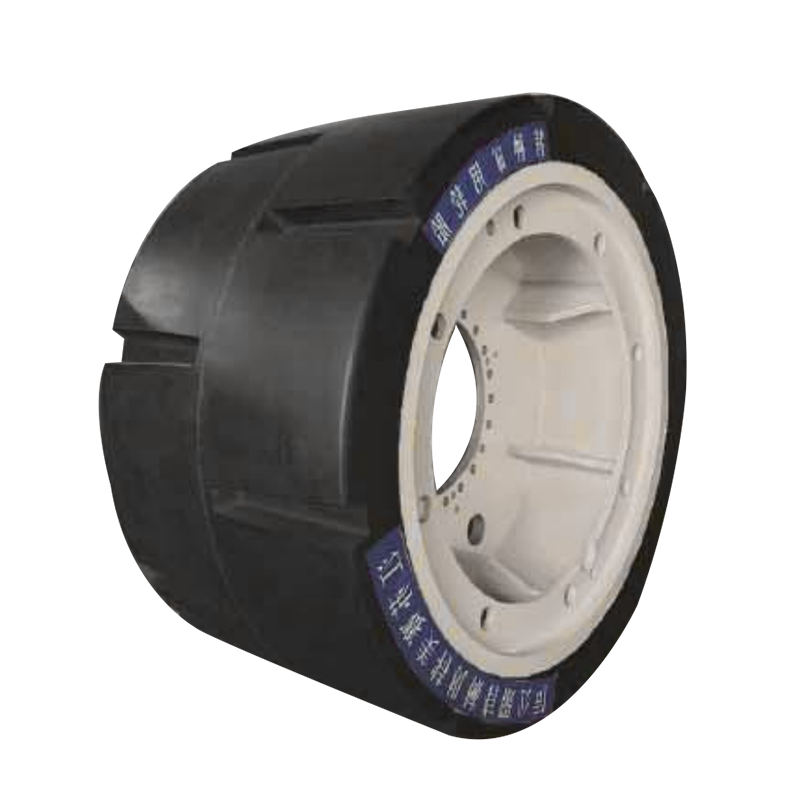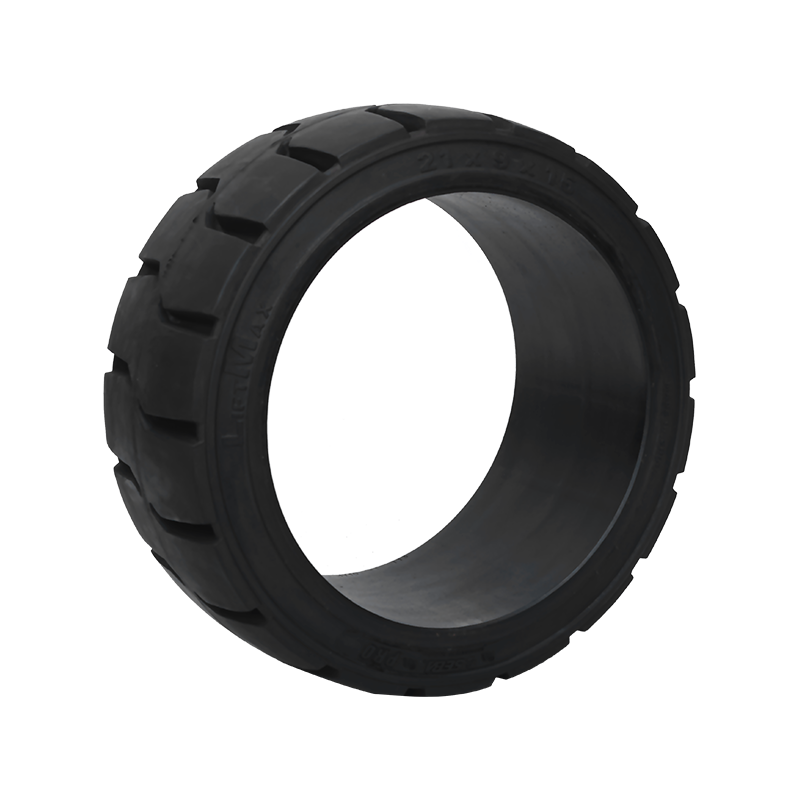What Are Automobile Tires?
Automobile tires are perhaps one of the most critical, yet often overlooked, components of any vehicle. These sophisticated pieces of engineering are the sole point of contact between a car and the road, directly influencing everything from safety and performance to fuel efficiency and ride comfort. Far more than just rubber rings, modern tires are complex assemblies of various materials, designed to operate under diverse conditions and extreme stresses.
The Fundamental Purpose and Function
At their core, automobile tires serve several indispensable functions:
-
Supporting the Vehicle's Weight: Tires are designed to bear the entire load of the vehicle, its occupants, and cargo, distributing this weight evenly across their contact patch with the road.
-
Transmitting Traction and Braking Forces: Through friction, tires convert the engine's power into forward motion and allow for effective braking, enabling acceleration, deceleration, and maintaining speed.
-
Steering and Cornering: The tire's ability to grip the road is crucial for precise steering and safe cornering, allowing the driver to control the vehicle's direction.
-
Absorbing Road Shocks: As pneumatic (air-filled) devices, tires act as a primary suspension component, cushioning the ride by absorbing impacts from road imperfections, contributing significantly to passenger comfort.
-
Providing Durability and Longevity: Modern tires are engineered to withstand millions of revolutions, extreme temperatures, and various road hazards while maintaining their structural integrity.
Anatomy of a Tire: Key Components
While seemingly simple from the outside, a tire is a marvel of composite material engineering. Its primary components include:
-
Tread: The outermost part of the tire that comes into contact with the road. The tread pattern, consisting of grooves (channels) and sipes (small slits), is meticulously designed to optimize grip, water dispersion (to prevent hydroplaning), noise reduction, and wear characteristics.
-
Sidewall: The vertical section between the tread and the bead. It provides flexibility for shock absorption, contains crucial information about the tire (size, type, load index, speed rating), and protects the tire's internal structure.
-
Bead: The inner edge of the tire that forms a seal with the wheel rim. Made of high-strength steel wires encased in rubber, the bead ensures the tire stays securely in place and maintains air pressure.
-
Carcass (or Casing): The main body of the tire, primarily composed of multiple layers (plies) of fabric cords (polyester, rayon, nylon) embedded in rubber. The carcass gives the tire its strength and shape, bearing the load and resisting internal air pressure.
-
Belts: Layers of strong, often steel, cords located between the carcass and the tread. Belts provide rigidity to the tread area, helping to stabilize the tread for better handling, improved wear, and puncture resistance. Radial tires, the most common type, have belts running circumferentially around the tire.
-
Inner Liner: A thin layer of rubber on the inside of the tire that helps to retain air pressure, similar to an inner tube but integrated into the tire itself.
Types of Tires and Their Applications
Tires are specialized for various vehicles, driving conditions, and performance requirements:
-
All-Season Tires: Designed for year-round performance in moderate climates, offering a balance of grip in wet, dry, and light snow conditions. They are the most common type for passenger vehicles.
-
Summer Tires: Optimized for performance in warm conditions, providing superior grip and handling on dry and wet roads due to softer rubber compounds and aggressive tread patterns. Not suitable for cold temperatures or snow.
-
Winter (Snow) Tires: Feature specialized rubber compounds that remain flexible in cold temperatures and aggressive tread patterns with deep sipes to provide maximum traction on snow and ice.
-
Performance Tires: Designed for sports cars and performance vehicles, prioritizing maximum grip, precise handling, and high-speed stability.
-
All-Terrain (A/T) Tires: For SUVs and light trucks, offering a balance of on-road comfort and off-road capability with aggressive tread patterns.
-
Mud-Terrain (M/T) Tires: Specifically designed for extreme off-road conditions, featuring very aggressive, large tread blocks for maximum traction in mud, dirt, and rocks.
-
Touring Tires: Focus on ride comfort, quietness, and long tread life, typically found on luxury sedans.
-
Run-Flat Tires (RFTs): Designed with reinforced sidewalls to allow the vehicle to be driven for a limited distance at reduced speed even after a puncture, eliminating the immediate need for a spare tire.
Tire Markings and What They Mean
Every tire sidewall is inscribed with a series of codes and numbers that provide critical information:
-
Tire Size: E.g.,
P205/55R16.-
P: Passenger tire. -
205: Section width in millimeters. -
55: Aspect ratio (sidewall height as a percentage of the width). -
R: Radial construction. -
16: Rim diameter in inches.
-
-
Load Index: A numerical code indicating the maximum weight the tire can support at its maximum inflation pressure.
-
Speed Rating: An alphabetical code indicating the maximum speed at which the tire can safely carry a load under specified conditions.
-
DOT Number: A series of letters and numbers indicating the tire's manufacturing plant, size, and date of manufacture (e.g.,
2325means the 23rd week of 2025). -
Treadwear, Traction, Temperature (UTQG Ratings): Standardized ratings indicating relative treadwear life, wet braking traction, and resistance to heat generation.
Importance of Tire Maintenance
Proper tire maintenance is paramount for safety, performance, and longevity:
-
Regular Air Pressure Checks: Maintaining correct tire pressure (as specified by the vehicle manufacturer, not the maximum on the tire sidewall) is crucial for even wear, optimal handling, and fuel efficiency. Under-inflation can lead to excessive heat buildup and premature wear, while over-inflation can reduce the contact patch and compromise grip.
-
Tire Rotations: Regularly rotating tires (every 5,000-8,000 miles) helps ensure even wear across all four tires, extending their lifespan.
-
Wheel Alignment: Correct wheel alignment prevents uneven tire wear and ensures proper vehicle handling.
-
Tread Depth Monitoring: Tires should be replaced when the tread depth reaches the legal minimum (typically 2/32nds of an inch in the US), as worn tires significantly reduce grip, especially in wet conditions.
The Future of Tire Technology
The tire industry continues to innovate, driven by demands for greater sustainability, enhanced performance, and new vehicle technologies:
-
Sustainable Materials: Research into alternative and recycled materials to reduce environmental impact.
-
Smart Tires: Integrating sensors to monitor pressure, temperature, tread depth, and even road conditions, transmitting data to the vehicle's onboard systems or driver's smartphone.
-
Airless Tires: Concepts like Michelin's Uptis (Unique Puncture-proof Tire System) aim to eliminate flats and maintenance, offering a more robust and sustainable solution.
-
Self-Healing Tires: Technologies that can automatically seal small punctures.
In conclusion, automobile tires are sophisticated, highly engineered components that are fundamental to a vehicle's operation. Understanding their construction, types, markings, and the importance of proper maintenance is essential for every driver to ensure safety, optimize performance, and maximize the lifespan of these critical connections to the road.
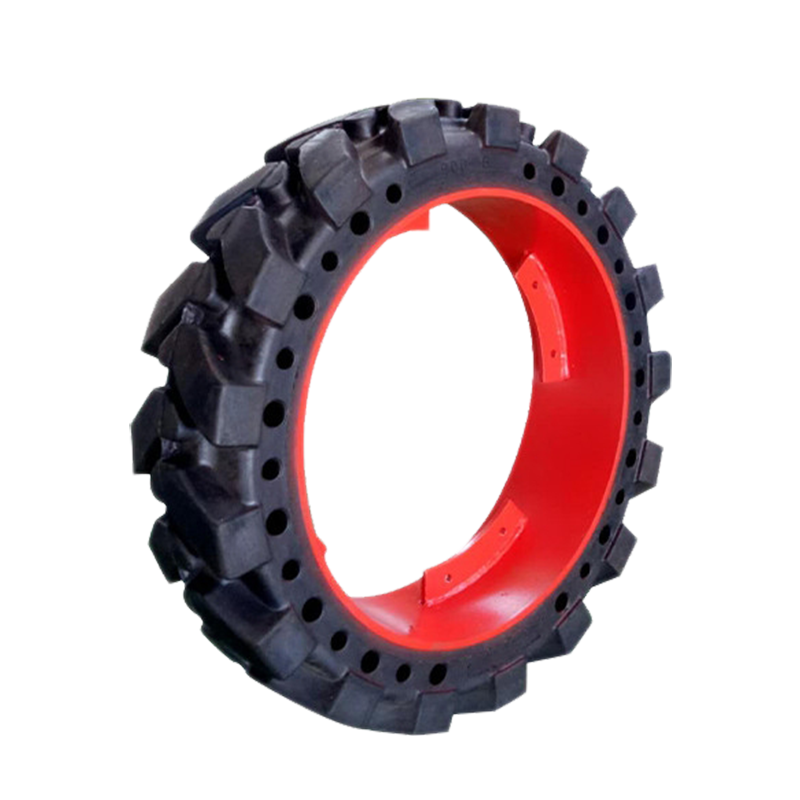
CONTACT US
-

Email: SMT001@saimeite-tyre.com
-

Phone: +86-18451337018No. 1, Renmin South Road, Yandu District, Yancheng City, Jiangsu Province, China

 English
English 한국어
한국어 Français
Français Español
Español
